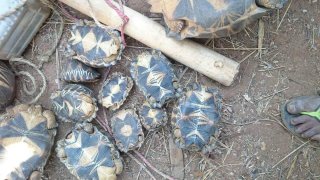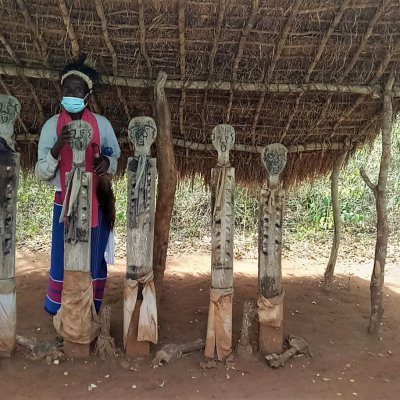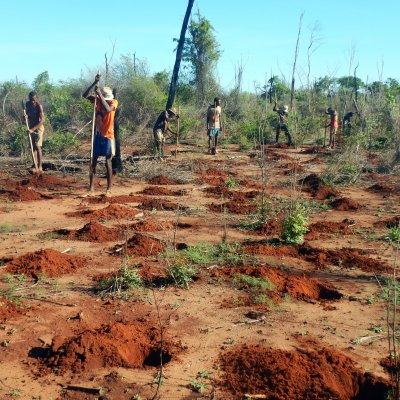#SOSAfricanHeritage
UNESCO Biosphere Reserve Tsimanampesotse: United in the Fight against Poaching
To stop the poaching of the critically endangered radiated tortoise, Madagascar National Parks used #SOSAfricanHeritage funds to work with local communities, for monitoring and patrols.
The programme
The aim of #SOSAfricanHeritage is to contribute to preserving independent and sustainable organisational structures at African World Heritage Sites and Biosphere Reserves with the participation of civil society as well as to secure spaces dedicated to education for global citizenship, sustainability and cultural diversity.
The Tsimanampesotse Biosphere Reserve is located in the southwest of Madagascar and consists of a mosaic of terrestrial, coastal and marine ecosystems. Because of its diverse and fragile ecosystems, which include coral reefs, beaches, dunes, sea marshes, mangroves, gallery forests and littoral forests, it is considered a biodiversity hotspot. It is home to an exceptionally large number of endemic animal and plant species: 90 percent of all species in the terrestrial part of the Biosphere Reserve are found exclusively there.
The almost 120,000 inhabitants of the Biosphere Reserve live in the development area, the outer zone of the Biosphere Reserve which is not strictly protected. Agriculture, livestock farming and fishing constitute their main economic activities. However, there is hardly any basic infrastructure available. There are, for example, no public primary schools in many of the villages and access to medical facilities and water is very difficult.
Restrictions due to the pandemic
The drastic decrease in rainfall in 2020 and 2021 posed great challenges to agricultural activities and food security in the biosphere reserve. The Covid-19 pandemic further exacerbated the precarious situation for the population. Many people in the Biosphere Reserve were therefore forced to increasingly revert to protected, natural resources to secure their livelihoods. This also affected the radiated tortoise (Astrochelys radiata), which is found exclusively in the southwest of Madagascar and has a great symbolic character for the region. Although collecting turtles is actually a taboo for the local population, poaching of the endangered species had increased considerably since the outbreak of the Covid-19 pandemic. Despite national and regional bans, more than 400 empty turtle shells had been found in the Biosphere Reserve in 2021.
Remedy through collaboration, education and patrols
Madagascar National Parks used the funding from the German Commission for UNESCO to protect the endangered radiated tortoise from poaching. The project was divided into three bundles of measures: First, in a participatory process, the local communities identified 90 volunteers who were willing to commit to the fight against poaching. In a second step, these volunteers were trained in the use of smartphones and GPS devices in order to be able to collect monitoring data on sightings and turtle collection areas in the Biosphere Reserve. Finally, the volunteers carried out patrols together with the Biosphere Reserve staff to collect data and to track down poachers. For this, the volunteers received a fair remuneration, which in turn strengthened the income of the local population.
The consortium
On the initiative of the Federal Foreign Office and the Goethe-Institut, an International Relief Fund was set up in summer 2020 to provide rapid support to cultural and educational organisations abroad during the Covid-19 pandemic. With its special support programme #SOSAfricanHeritage, the German Commission for UNESCO is part of the Relief Fund consortium.
The project
- Site: Tsimanampesotse
- Country: Madagascar
- Type of Site: UNESCO Biosphere Reserve
- Year of inscription: 2018




